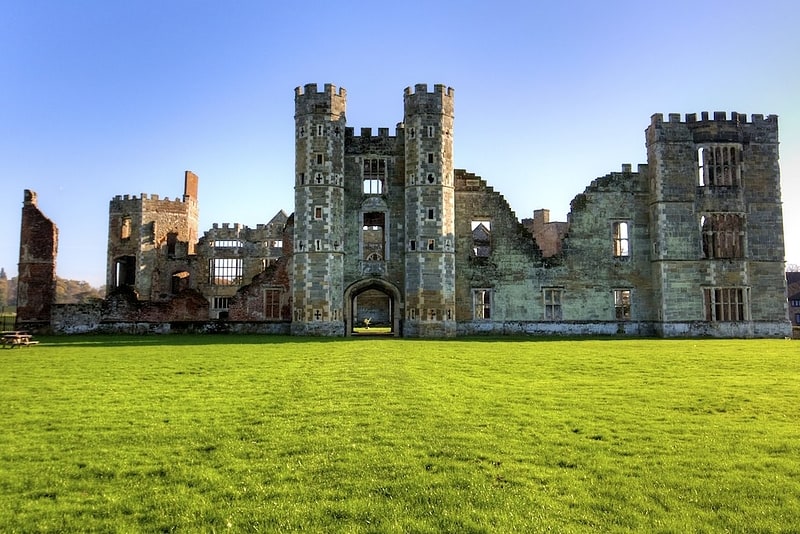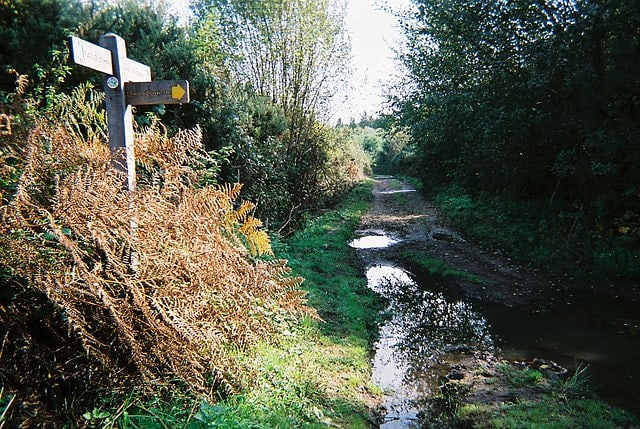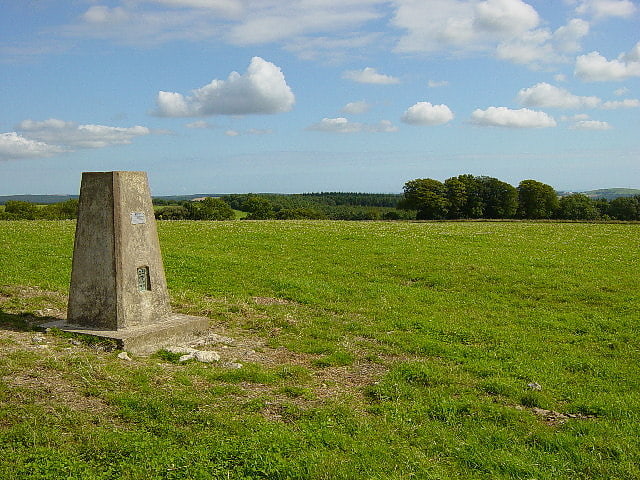Discover 5 hidden attractions, cool sights, and unusual things to do in Midhurst (United Kingdom). Don't miss out on these must-see attractions: Cowdray Castle, Iping and Stedham Commons, and Graffham Common. Also, be sure to include Ambersham Common in your itinerary.
Below, you can find the list of the most amazing places you should visit in Midhurst (England).
Table of Contents
Cowdray Castle

Cowdray House consists of the ruins of one of England's great Tudor houses, architecturally comparable to many of the great palaces and country houses of that time. It is situated in the Parish of Easebourne, just east of Midhurst, West Sussex standing on the north bank of the River Rother. It was largely destroyed by fire on 24 September 1793, but the ruins have nevertheless been Grade I listed.[1]
Address: River Ground Stables Cowdray Ruins, GU29 9AL Easebourne
Iping and Stedham Commons

Nature preserve in England. Iping and Stedham Commons is a nature reserve owned and managed by the Sussex Wildlife Trust. It is a 125.4-hectare biological Site of Special Scientific Interest near the villages of Iping and Stedham, west of Midhurst in West Sussex. It is also a Local Nature Reserve and a Nature Conservation Review site, Grade 2.
This is described by Natural England as one of the richest areas of heath in the county. Most of it is dry but there are also areas of wet heath, two ponds, woodland, scrub and grassland. It has a rich invertebrate fauna and breeding heathland birds include nightjars and stonechats.
There is access from Elsted Road, which runs between the two commons.[2]
Graffham Common

Graffham Common is a 38-hectare nature reserve between Midhurst and Petworth in West Sussex. It is owned and managed by the Sussex Wildlife Trust.
This former pine plantation is being restored back to heath and grassland by the clearance of pine trees and rhododendrons. Drainage ditches have been blocked to allow the natural restoration of wet heath. Wet seepages provide a habitat for cross-leaved heath, hare’s-tail cottongrass and purple moor-grass.[3]
Ambersham Common

Ambersham Common is a 141.6-hectare biological Site of Special Scientific Interest south-east of Midhurst in West Sussex. It is a Nature Conservation Review site, Grade 2.
This site is mainly heathland with a wide range of invertebrates, including three nationally rare species. There are also areas of bog and acid carr. It has a diverse variety of bird species, including some which are rare, such as nightjars, woodlarks and Dartford warblers.
Roads and footpaths cross the common.[4]
Treyford to Bepton Down

Treyford to Bepton Down is a 121.5-hectare biological Site of Special Scientific Interest south-west of Midhurst in West Sussex.
This site consists of five separate blocks of steeply sloping chalk grassland and yew woodland on the South Downs. The grassland has a rich variety of species, including herbs such as round-headed rampion, horseshoe vetch and carline thistle, while there are orchids such as frog, bee and musk. The uncommon moss Rhacomitrium lanuginosum has also been recorded.[5]